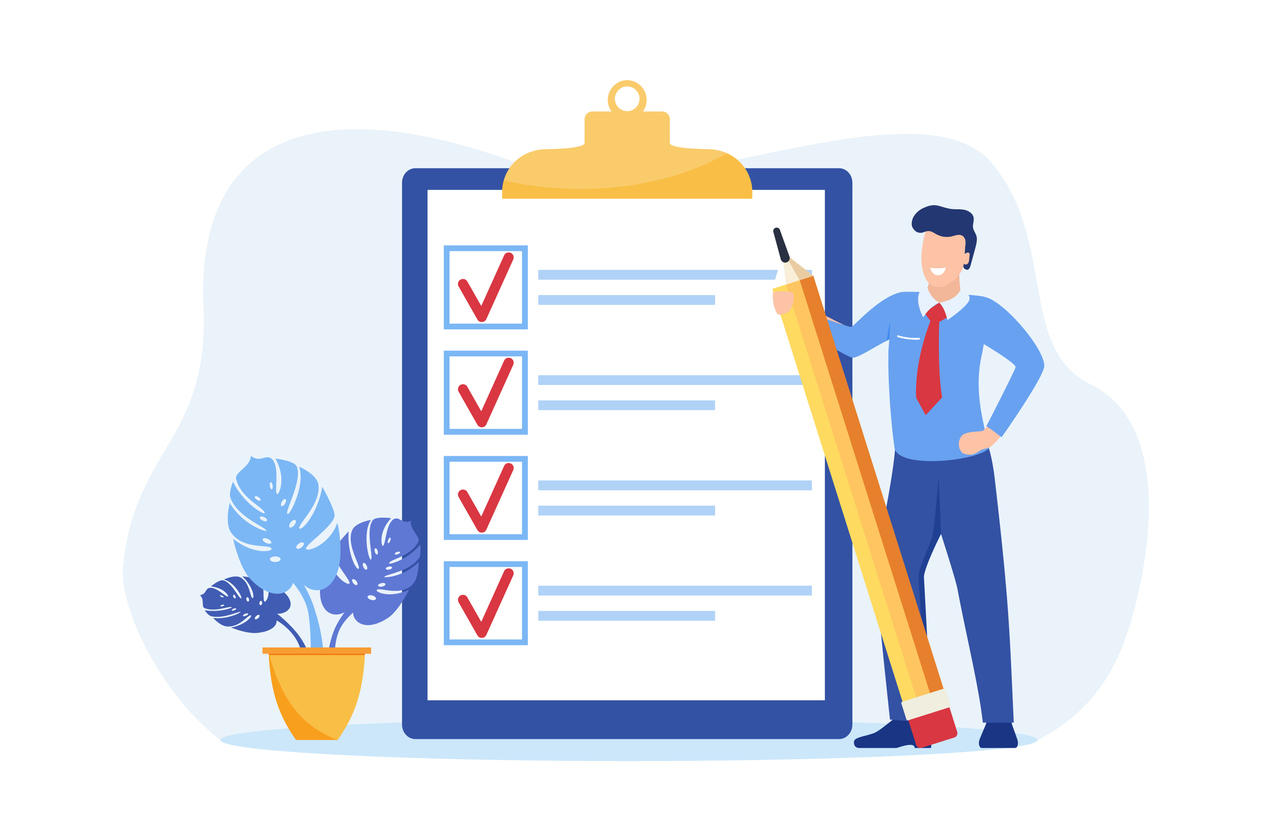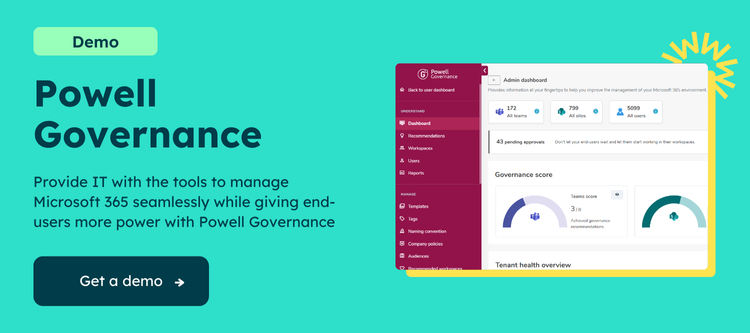What are Microsoft Teams channels, and how do they work?
Microsoft Teams Channels are a great way to organize and collaborate on projects with your team. They allow team members to create private or shared spaces, depending on the project’s needs. Channels can also be used to share files, such as documents stored in SharePoint, meeting notes, etc. They are especially useful for teams storing and sharing much data and information.
When creating a channel, you can make it private, standard, or shared.
- Private: Only visible and accessible to select members you add.
- Standard: Visible to all members, but only certain users can access their content.
- Shared: Visible to all users; anyone can access and share content.
You can also add people by inviting them to the members list. This ensures that everyone on the team can access the necessary resources and data.
By using channels, you can easily collaborate and communicate with your team in one centralized space. They make organizing projects more efficient and effective and keep everyone informed.

How do channels differ from teams in Microsoft Teams?
Microsoft Teams is an advanced collaboration platform designed to help teams stay organized and on the same page.
Teams are made up of people, and channels are conversations within the team. Channels allow team members to group discussions around particular topics, work, or ideas, while teams provide an overall structure that brings different channels together.
The best way to think of it is this: teams are like a house, and channels are like the rooms within it. Each room contains its own conversations, but they’re all connected within the same house. In terms of organization, teams provide an umbrella of collaboration, while channels allow team members to focus on specific topics.
This allows each member to stay focused and engaged with discussions that are important to them. It also keeps the main team organized by allowing members to work in smaller, more specialized groups.
Channels can be created for specific tasks and more general chats. For example, water cooler channels allow members to chat about non-work-related topics like sports or movies. This creates a sense of community and camaraderie among team members that can’t be replicated in traditional office environments.
Microsoft Teams allows companies to communicate effectively and stay organized by creating channels tailored to their specific needs. This helps departments stay on track and ensures that no important topics fall through the cracks.

How can channels improve communication and collaboration within a team?
Channels are a great way to improve communication and collaboration within your team. Here’s why:
- Keeps relevant conversations in one place and ensures everyone stays updated on the latest developments. Organize channels into categories such as “Projects” or “Discussions” to make it easier to find the right discussions.
- Easily assign tasks and provide feedback, ensuring nothing falls through the cracks.
- Organize and share documents and resources with the team and track changes in real-time.
- Make it easy to stay in touch with colleagues, even if they are located in different parts of the world.
- Great way to bring your team together and maintain strong connections.
- Creates a safe space for everyone to be heard, engage in meaningful connections, and collaborate efficiently.
- Microsoft Teams channels facilitate chats and file sharing and streamline virtual meetings. Learn how to set up a Microsoft Teams meeting seamlessly within your channels to ensure efficient collaboration.
How to create and manage Microsoft Teams channels
Creating a new channel is an easy and intuitive process.
First, log into the Microsoft Teams app and click on the ‘+’ symbol in the left-hand navigation pane to get started. This will open up the ‘Create Channel’ dialogue box. Here, you can give it a name, decide whether or not it should be public or private, and set additional parameters.
If you have created a private channel in your team, you can add members and assign different permission levels to each based on their role. You can do this by navigating to the ‘Members’ tab and searching for the people or groups you want to add. However, all team members are automatically added for public channels, and there is no need to add members manually.
Lastly, you can customize your channel by adding tabs, defining notifications, and creating conversation rules. You can also enable threaded conversations to keep them organized and on-topic. Creating a new channel is straightforward. With a few clicks of the mouse, you can create a personalized space for your team to collaborate and stay connected.
Tailor your channel experience to suit your team’s needs with customizable Microsoft Teams settings, ensuring seamless collaboration and effective communication within your channels.

Step-by-step guide to creating a new channel in Microsoft Teams
Here’s how to get started in creating and managing a channel:
1. Log into Microsoft Teams.
2. Click on the “Teams” tab at the top of the page.
3. Select “Create Team”.
4. Enter a name for the team, select privacy settings, and choose a team image (optional).
5. Once your team is created, click on “Channels”.
6. Click on “Add” to create a new channel.
7. Enter a name for it, select privacy settings, and choose an image (optional).
To manage your channels, click the ellipses (…) icon next to its name and select “Manage Channel.” From here, you can edit or delete the channel, edit members, add or remove bots, or set permissions.

Best practices for organizing and naming channels for maximum efficiency
Organizing and naming correctly can aid your team in communicating more efficiently and effectively. Here are a few tips for organizing and naming:
- Keep names specific and relevant to their purpose. For example, a channel dedicated to discussing project updates could be named “Project Updates” or “Project Updates Discussion”. This will make it easier for team members to find it when needed.
- Use consistent naming conventions. If you have multiple channels related to the same topic, try using a numbering system or adding prefixes or suffixes to the names to distinguish them.
- Choose an appropriate level of detail for your names. Keep them short and descriptive, but avoid being too vague or specific.
- Consider adding context to names. For example, you may want to add the project name or date.
Tips for managing channel settings and permissions
Managing settings and permissions is important in ensuring your Microsoft Teams channels are organized and effective. With the right settings, you can ensure that only the right users have access while also creating notifications so that you’re always aware of any important updates or changes. Here are a few tips for managing settings and permissions in Microsoft Teams:
- Restrict Access: It’s important to ensure that only the right people have access. To do this, go to the “Settings” tab in the channel and select “Manage Members”. You can add or remove members and adjust their permission levels here.
- Manage Notifications: As an end user, you can decide on your notifications in the channel to stay informed about any updates or changes. By going to the “Settings” tab and selecting “Notifications,” you can customize your preferences based on when and how you want to be notified about changes in the channel. It’s important to note that the administrator who created the channel cannot control individual users’ settings.
- Adjust Tagging: You can also use tagging to ensure that the right people are alerted when a message is posted in a channel. To do this, go to the “Settings” tab and select “Mentions & Tagging.” Here, you can customize who will be tagged and when.
- Moreover, prioritize data security and confidentiality with robust Microsoft Teams information protection features, safeguarding sensitive information shared within your channels.
- Additionally, leverage advanced governance solutions like Powell Governance to streamline administrative tasks and ensure compliance within your Microsoft Teams channels.

Leveraging Microsoft Teams channels for increased productivity
Microsoft Teams is an incredible platform for businesses of all sizes, allowing teams to communicate, collaborate, and stay on the same page with projects and tasks. What many users may not realize, however, is that leveraging channels can boost productivity in a major way. Here are some of the ways they can maximize productivity:
- Take Advantage of Notifications: One of the most useful features of channels is the ability to set up notifications. This allows you to be quickly alerted when something important is posted. It also keeps teams updated on the status of various work and tasks, ensuring everyone is on the same page.
- Utilize Private Channels: Private channels provide a great way for team members to share ideas without worrying about others seeing them. This speeds up problem-solving and idea generation without worrying about anyone getting offended or confused by certain conversations.
- Integrate Other Apps: Channels can be integrated with other apps like Trello or Slack. This lets you keep your project management and communication in one place, streamlining the workflow.
- Furthermore, stay updated on your team members’ availability and workload through Microsoft Teams status settings, ensuring effective coordination and task assignment within your channels.
How to use channels to centralize information and reduce clutter
One of the main advantages of using channels is their ability to centralize information and reduce clutter. By creating channels for specific topics or tasks, you can easily organize data in one place and streamline your workflow. You can use them to share files, collaborate, assign tasks, and discuss ideas. This way, all the relevant information will be easy to find, making it much easier for everyone involved to track what’s happening.
Channels are a great way to organize data and create a clear structure for communication. For example, you can set up separate channels for different projects or team members to keep the conversation focused and organized. This reduces the time spent sifting through irrelevant discussions and keeps everyone on the same page.
They can also streamline notifications. If you set up a dedicated channel for each project or team member, you can better decide who gets notified about what and when. This will help you stay informed without having to go through long threads of messages or keep up with a dozen different conversations.

Tips for integrating apps and bots to automate tasks within channels
Integrating apps and bots into Microsoft Teams Channels maximizes your team’s productivity by automating mundane tasks. You free up your team’s time for more important activities by delegating repetitive tasks to an app or bot.
Adding bots streamlines collaboration. For example, you could set up a bot that automatically sends meeting invitations to the members when a new event is created in your team’s calendar. Another use case would be building a bot that tracks each project’s tasks, progress, and deadlines and sends regular reminders about upcoming due dates.
You can also integrate third-party apps into channels. This allows you to access additional features or use other services. For example, you could integrate an app like Asana to assign tasks to individual members and track progress. You could also integrate a service like Trello to keep track of ideas and collaborate.
Using bots and apps to automate tasks within channels saves time, reduces clutter, and keeps everyone on the same page. You can set up bots and apps to manage tasks and increase team productivity with just a few clicks.
Best practices for using channels to streamline workflows and boost efficiency
Using channels can streamline workflows and boost efficiency by increasing communication, collaboration, and organization within your team. To get the most out of using channels, follow these best practices:
- Utilize Categories—Categorizing your channels ensures everyone is on the same page about which type of discussion belongs in which channel. This also makes it easier to search for relevant information quickly.
- Establish a Clear Naming Convention – A clear naming convention will ensure all users know what content is being discussed and who should be invited to join it.
- Pin Relevant Documents – Pining documents to a channel’s page will ensure everyone can access the most up-to-date version of any project or presentation.
- Take Advantage of Notifications – Microsoft Teams offers many notification options, which keeps everyone updated on the latest updates, no matter where they are located or how busy they may be.
- Incorporate Third-Party Apps—Incorporating third-party apps into channels can automate certain processes and save time. From scheduling meetings to tracking progress, many useful apps are available to make your workflow more efficient.
- Empower your team members to take charge of discussions and tasks by mastering how to give control in Teams, ensuring a balanced workload distribution and fostering a collaborative environment within your channels.
Overall, Microsoft Teams Channels are a powerful tool that can help you stay organized and productive. You can easily centralize information, streamline notifications, and reduce clutter by creating channels for different projects and topics. With some planning, you’ll be able to take full advantage of this powerful feature and make collaboration within your team much easier.


